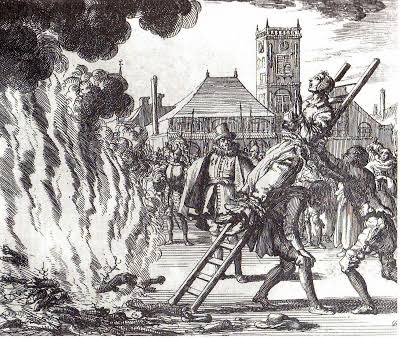
THE 8 CLASSIFICATIONS OF MARRIAGES IN HINDUISM
Before the Hindu Marriage Act of 1955 came into effect all Hindu marriages fell into one of these categories since ancient times.
(Thread)

Before the Hindu Marriage Act of 1955 came into effect all Hindu marriages fell into one of these categories since ancient times.
(Thread)


BRAHMA
Brahma occupies the supreme position out of all the 8 forms of marriage. The Brahma marriage was marriage of a girl to a man selected by her father who was learned in Vedas (single most important criteria).(1)
Brahma occupies the supreme position out of all the 8 forms of marriage. The Brahma marriage was marriage of a girl to a man selected by her father who was learned in Vedas (single most important criteria).(1)
The groom's father, after the groom's brahmcharya (study phase) was over in a gurukul approached the girl's family and requested the bride's father for his consent to marriage.(2)
DAIVA
The father of the girl after having waited long but in vain for a marriage proposal for his daughter, goes in search of a right groom and in the absence of one marries his daughter to a priest who officiates a yagna if the latter is willing to accept her as a wife.(3)
The father of the girl after having waited long but in vain for a marriage proposal for his daughter, goes in search of a right groom and in the absence of one marries his daughter to a priest who officiates a yagna if the latter is willing to accept her as a wife.(3)
ARSHA
The father of the bride married his daughter to a sage who led an austere life. The wife accompanied the sage in his austerities and penance. The sage gave the girl's family cows as a part of marriage ceremony.(4)
The father of the bride married his daughter to a sage who led an austere life. The wife accompanied the sage in his austerities and penance. The sage gave the girl's family cows as a part of marriage ceremony.(4)
PRAJAPATYA
In this type of marriage, bride's father searched for a groom. After marriage, the bride lived with the husband through the stages of Grihasthya and Vanaprastha and the husband was dissuaded from taking Sanyasa.(5)
In this type of marriage, bride's father searched for a groom. After marriage, the bride lived with the husband through the stages of Grihasthya and Vanaprastha and the husband was dissuaded from taking Sanyasa.(5)
Emphasis was laid on continuing the family lineage by producing offsprings. Most of the arranged marriages witnessed today belong to this category.(6)
GANDHARVA (The beauty of Hinduism, it accounts for a love marriage too)
A love marriage in which the bride and groom get married based on mutual consent without any other considerations. Mutual consent and freedom of choice are of utmost importance.(7)
A love marriage in which the bride and groom get married based on mutual consent without any other considerations. Mutual consent and freedom of choice are of utmost importance.(7)
The boy and the girl could start living together once they found each other suitable without the need of anyone else's consent, which also included their parents. The only criterion for carrying out this marriage was the couple's likeness for each other.(8)
Apart from the mutual consent of the bride and the groom, the rules of a Gandharva marriage were simple. The couple exchanged garlands or wedding jaimaalas made of fresh flowers under a tree.(9)
The garlands were made of roses. No other flowers were to be used in the wedding garlands. A Gandharva wedding used to take place during the day and never at night.(10)
The presence of priests was not required, there were certain wedding vows that the couple had to take. These vows included promises to keep each other happy forever. A Gandharva vivah wasn't complete without these vows.(11)
Shakuntala and Dushyanta in Mahabharata married via Gandharva marriage ceremony. Their son's name was Bharat.(12)
ASURA
In this type of marriage, lack of consent from either sides, is replaced by compensation with money or in the form of money or gift.(13)
In this type of marriage, lack of consent from either sides, is replaced by compensation with money or in the form of money or gift.(13)
Asura marriage was like a business transaction. Mostly, the groom was not suitable for the girl and offered a huge sum of money as a compensation to the girl's family. This marriage was disapproved as it was an insult to women.(14)
RAKSHASA
Groom had the bride's consent but not the consent of her family. To marry a woman by abduction or by eloping, against the wishes of her parents was called Rakshasa vivaha.(15)
Groom had the bride's consent but not the consent of her family. To marry a woman by abduction or by eloping, against the wishes of her parents was called Rakshasa vivaha.(15)
The groom may also win over the bride's family in a battleground. This kind of marriage is disapproved.(16)
PAISHAACHIKA
This is considered a sinful act as the bride is taken away by force as wife. In this marriage, neither the girl's consent nor her family's consent is honored.(17)
This is considered a sinful act as the bride is taken away by force as wife. In this marriage, neither the girl's consent nor her family's consent is honored.(17)
This marriage was looked down upon hence disapproved in Hindu society occupying the lowest position. Hence the name paishaach or diabolical.(18)
• • •
Missing some Tweet in this thread? You can try to
force a refresh


















